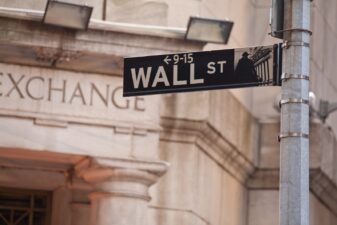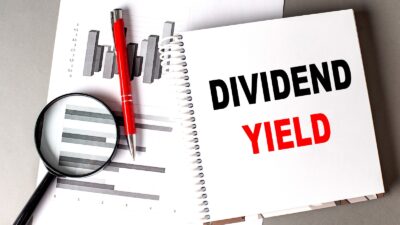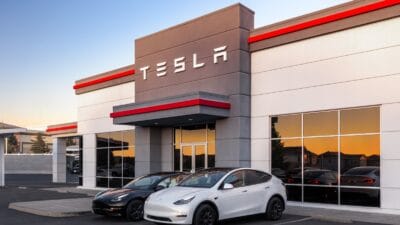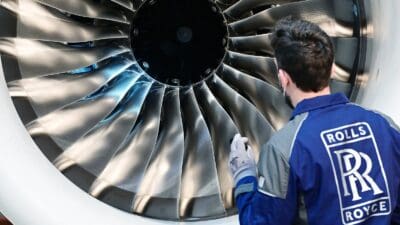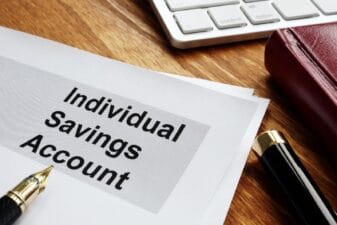Greggs (LSE: GRG) is famous for its Festive Bake pasty, which the company describes as “hands down the most Christmassy thing about Christmas“. I wouldn’t go that far, but I did enjoy one just before Christmas — a time when I also owned a few Greggs shares.
On 24 December, the FTSE 250 stock was trading for 2,774p. As I write, the share price has slumped to 1,795p — a fall of 35%!
This means anyone who invested £10,000 into shares of the bakery chain on Christmas Eve would now have £6,500 on paper. Not a great start.
Should you invest £1,000 in Carlsberg Britvic right now?
When investing expert Mark Rogers has a stock tip, it can pay to listen. After all, the flagship Motley Fool Share Advisor newsletter he has run for nearly a decade has provided thousands of paying members with top stock recommendations from the UK and US markets. And right now, Mark thinks there are 6 standout stocks that investors should consider buying. Want to see if Carlsberg Britvic made the list?
What’s happened?
There have been a couple of key issues that have hit Greggs recently. Firstly, the firm has experienced slowing growth, with like-for-like sales in company-managed shops rising 5.5% in 2024. The figure the year before was 13.7%.
Moreover, like all retailers, Greggs is facing higher staffing costs this year due to changes in National Insurance contributions. This has forced it to raise the price of some food, including — shock-horror — sausage rolls.
Last month, CEO Roisin Currie summed up the challenges facing the business: “Looking ahead to 2025, the macroeconomic landscape remains tough. Inflation remains elevated, and many of our customers continue to worry about the cost of living.“
Record revenue
It’s not all bad news though. Greggs topped £2bn in revenue for the first time last year, and is still targeting between 140 and 150 new shops in 2025. Management says the long-term plan to open “significantly more than 3,000” locations remains on track.
Meanwhile, the valuation now looks quite attractive. Based on the current forecast for 2025, the stock is trading at around 13 times expected earnings. That’s not a demanding multiple, in my eyes, and significantly cheaper than recent years.
Finally, there’s a 3.84% dividend yield. While not guaranteed, the payout’s very well supported by forecast earnings.
Impaired consumer spending
Greggs also continues to broaden its presence away from the high street, much of which is in terminal decline due to e-commerce and high business rates.
The UK lost 37 shops a day in 2024, according to the Centre for Retail Research. That figure is set to rise in 2025. Therefore, it’s positive that the firm continues to target places where people are on the move — airports, train stations, supermarkets, and so on.
But my fear is that Greggs might just be reshuffling its footprint rather than truly expanding over time. In other words, the new locations might simply end up offsetting underperforming ones on the high street.
Another thing I’ve been mulling over recently is whether UK consumer spending will actually recover at all over the next few years. As the CEO observed last month: “After years of financial anxiety, [customers] are still facing concerns about energy prices and increased mortgage and rent costs.”
Do I see energy and rent prices coming down? Or strong economic growth when businesses — and possibly workers next year — are facing higher taxes? Unfortunately, I don’t. And this will ultimately be a challenge for growth-oriented UK retailers like Greggs.
This formed the basis of my thinking when I sold my Greggs shares in early February. The firm has a great brand and is well run, but I worry it’s facing economic challenges beyond its control.


